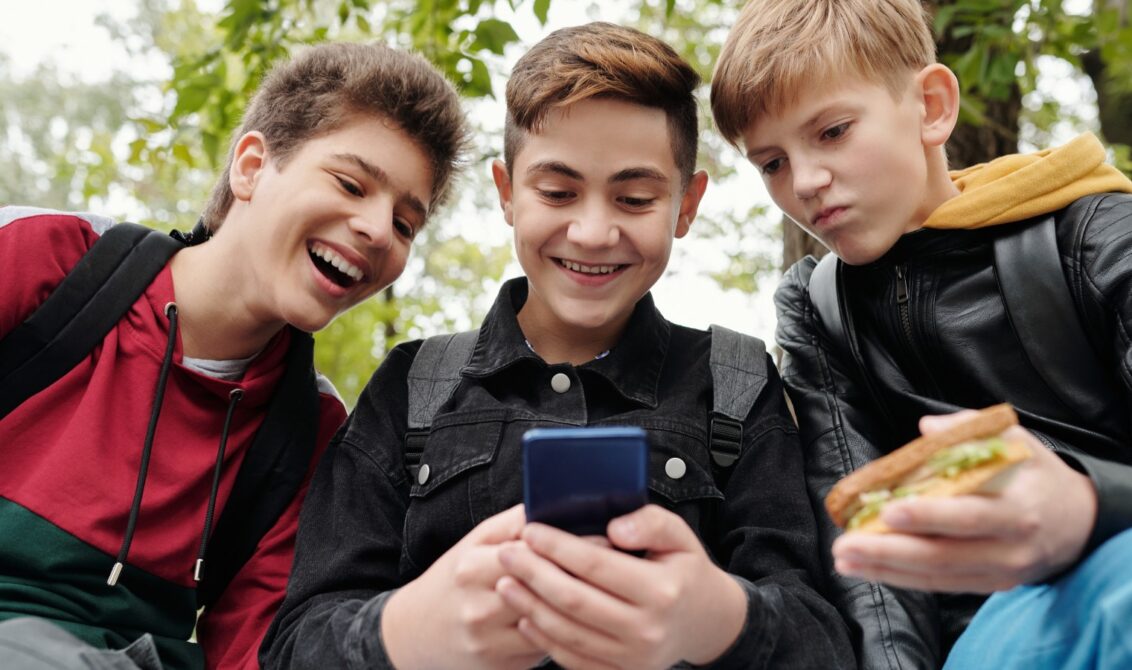
Before the advent of the internet, we knew where to find information: television, newspapers and libraries. But now, with a limitless world of information at our fingertips, the challenge is how to tell which information is trustworthy – and which isn’t.
Misinformation is a growing online problem. Entire websites have sprung up in recent years to disseminate fake news. Educated adults can be fooled easily – and kids are even more at risk. Only 2% of children in a UK survey said they felt confident in distinguishing fake news from real news. And this inability is a source of anxiety and fear. Half of children said they worried about not being able to spot fake news, and two thirds said they trust all news less as a result. Teachers have identified this as a real issue for student wellbeing too, with two thirds of those surveyed agreeing that it increases their students’ anxiety levels.
In international schools, where students often speak English as a second language, it can be even trickier to identify fake news stories when they crop up on social media. This makes it even more important to make sure that our students have robust media literacy skills and can navigate online information with confidence.
The good news is that teaching this kind of media literacy actually builds 21st century skills like digital literacy, communication and critical thinking. In addition, developing these skills will help your students become informed global citizens. Here are some techniques for teaching your students to spot fake news:
Ask them to reflect on their reactions
A lot of fake news is designed to get clicks and engagement – it therefore needs to elicit a strong reaction – outrage, anger, fear or even happiness. So, if your students have a strong reaction to an article, it’s important for them to stop and reflect on their reaction. It could be a clue that what they’re reading is actually fake news.
Develop their critical thinking skills
Critical thinking and digital literacy go hand in hand. Encourage your students to work on their critical thinking skills by teaching them the following steps when they come across a news story they might think is fake:
1. Who created this content?
Whether it’s a video, an article, an infographic or a social media post, ask your students to think about who created it. Is it a journalist or reporter who works in mainstream media? Is it a celebrity? Is the creator anonymous?
2. What else do you know about this topic?
Students should think about what they already know about the topic. Does what they know match up with the story they are reading? Does it sound believable, or is it surprising? Do they know enough to make an informed decision on how trustworthy the story is?
This will help them make sounder judgements as to the veracity of the story – or at least, it will help them consider whether they are in a position to trust the news.
3. Do some research
If students aren’t sure about the source of the story or their own background information, they can do some research to see if the story is being reported elsewhere.
Take this fun quiz to see if your students can guess which headlines are true, and which are fake news.
Share trustworthy news sources with your students
More generally, it’s good to get into the habit of talking about the news with your students. Children and teenagers enjoy reading about current affairs and sharing what they’ve learned. So, relate your classroom topics to current affairs whenever possible.
You can also point your students in the direction of trustworthy news sites, designed for younger readers. Newsround is produced by the BBC and aimed at children and young people. First News is a newspaper for children aged 7 to 14, and The Day was launched a decade ago as a daily online newspaper for teenagers. After all, it’s important to point out fake news, but it’s also worthwhile providing your students with some trustworthy news sources, so they know what responsible journalism looks like.
Further reading and resources
There is lots of help online to help you teach your students the skills they’ll need to identity fake news. Here are some useful resources:
- The British Council has a lesson plan all about how to recognise fake news.
- The BBC has lots of resources for teachers on the topic of fake news. You can access lesson plans, videos and news reports.
- There’s also a webpage, Beyond Fake News, which gathers all the BBC resources on fake news in one place.
- Newswise is a news literacy project for children aged 9 to 11 with lots of resources to use in class or at home.
- Finally, if your students have identified some fake news stories, they can report them to Full Fact, a cross-party non-profit organisation which aims to find and expose misinformation and fake news.
Photo by Max Fischer from Pexels
Sign up to receive our blog updates
Like what you read and want to receive more articles like this direct to your inbox? Subscribe to our blog and we’ll send you a fortnightly digest of the blog posts you may have missed, plus links to free resources to support your teaching and learning.

